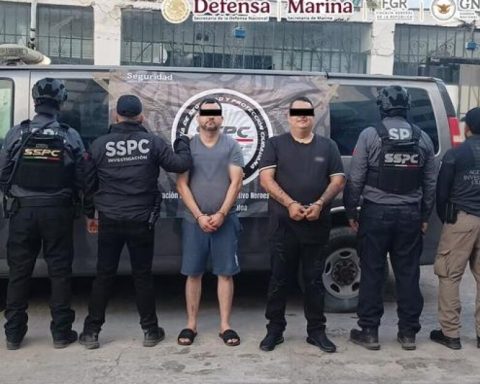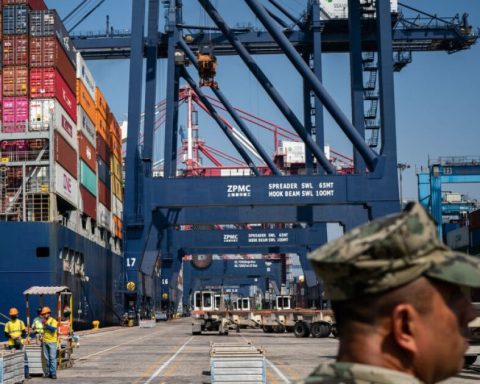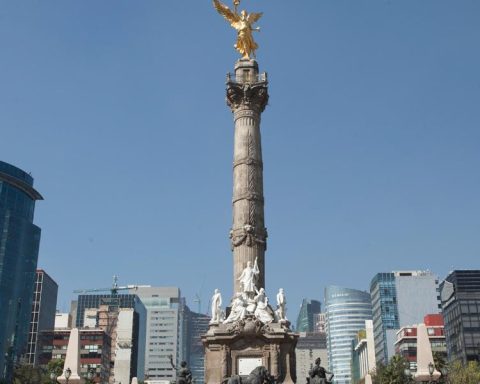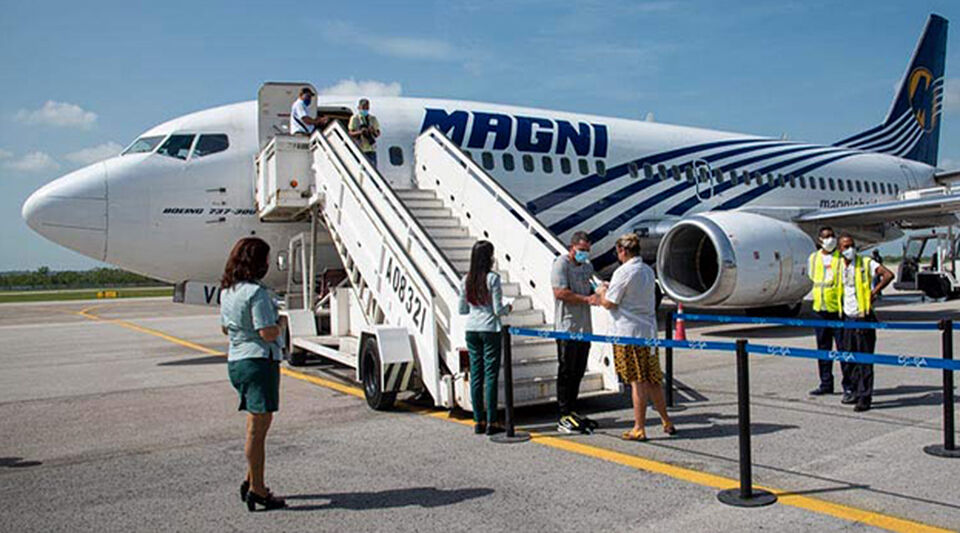AND
l September 18, In 2021 ECLAC presented the Comprehensive Development Plan for Central America, which also includes Mexican entities from the south-southeast. It is a set of strategies, public policies and projects that contemplate the displacement of multitudes from the south to the north, not as a circumstantial phenomenon, but as a structural condition.
From an initiative that frames the South-South cooperation of the Mexican government. In reference to it, the project “Balance of the South-South Cooperation of Mexico for the reactivation of the Comprehensive Development Plan aimed at Central America”, recently concluded by two civil society organizations, DECA Equipo Pueblo, and Initiatives for the Development of the Oaxacan Woman, has great relevance in the face of the unstoppable migration of Central Americans and Mexicans to the United States, as it reveals the scant results of this project, in the context of the South-South cooperation of the Mexican government.
The project of the Mexican Agency for International Cooperation for Development of the Ministry of Foreign Affairs, aimed at three Central American countries: Guatemala, El Salvador and Honduras, had the prospect of replicating two emblematic projects of the Mexican government: Sembrando Vida and Youth Building the Future, which they would have a great social and containment impact on the migratory phenomenon, which, according to the instances and groups consulted, has not been achieved.
The study reiterates that the success or failure of the programs aimed at the Northern Triangle cannot be understood if the application of migration measures that contradict the provisions of the Global Compact on Migration at the various borders is not also analyzed, invoking the shared responsibility of nations to protect people on the move. The Undersecretary for Human Rights of the Ministry of the Interior, Alejandro Encinas, stated at the United Nations International Migration Review Forum in May 2022 that, given the constant increase in refugee applications in the country, a to historical highs that imply a complex scenario.
For his part, Foreign Minister Marcelo Ebrard acknowledged before the Central and North American Working Group on Migration that we are going to have to adjust all our standards, because today’s standards do not necessarily reflect what is happening
. He added that in North America the immigration policies of the last century are maintained to confront migration, where there is a supremacist and toxic current that knows that North American economies need migrants to prosper, but that at the same time wants to stop migration
.
In the review and balance, via consultations and interviews on the expected results, to offer alternatives to migrants, deficits, inconsistencies, non-compliance and no transparency of these projects in the aforementioned Central American countries were identified.
It must be remembered that the migratory phenomenon has been a constant of nationals and migrants from Central American nations to the United States in search of better living conditions, due to the situation of poverty and exclusion, the lack of decent employment and even to the chase. And that another phenomenon that has increased it is the existence of organized crime, which forces entire families to leave their places of origin. Which explains the multiple caravans, especially in the past three years, even with the covid-19 pandemic and the risks to their physical and mental safety.
Immigration policy will hardly change, especially when the United States government, through the order of a federal judge, permanently maintains the measures established by Title 42, which authorizes the immediate return of undocumented migrants, arguing health measures , although the current administration has challenged them; which points to a long legal battle.
As Jorge Durand, a scholar of the migratory phenomenon, refers, the migrant caravans have not been exempt from arrests, acts of torture, mistreatment and isolation in small rooms, without sufficient ventilation or decent food, even reaching the sexual violation of women. and the separation of minors from their families.
He considers that not only the immigration authorities of both countries (Mexico and the United States) participate in these actions, but also the mafias, criminals and immigration police. The set of instances and people consulted consider that in Guatemala and El Salvador there is a total ignorance of the programs carried out by Mexico, and only in some cases did they have general information; so it is difficult to verify its real impact on the population. There is a perception that the programs were not applied effectively, and that there was also no transparency in the management of resources and, furthermore, they are far from becoming an effective policy to contain migration.















